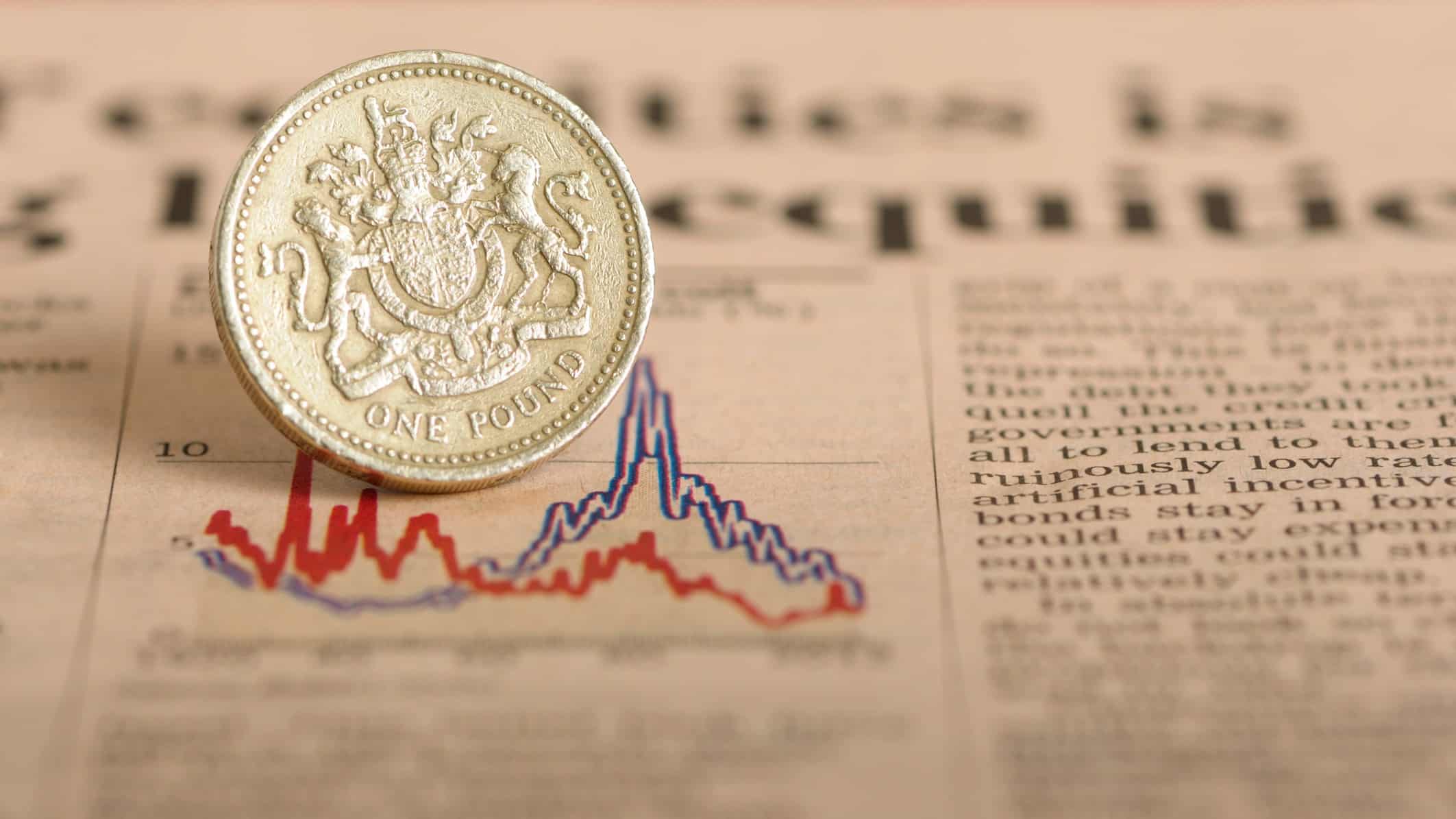Image source: Getty Images
When it comes to FTSE 100 dividends, I generally find high yields or sustainable yields, rarely both. If high payouts prove sustainable, the share price tends to rise so the yield drops and evens things out. But Persimmon (LSE: PSN) shares are currently on a dividend yield of 11.3%, so is it an anomaly?
I already own some Persimmon shares, and I’m seriously thinking of topping up now, given that juicy yield.
5 Stocks For Trying To Build Wealth After 50
Markets around the world are reeling from the current situation in Ukraine… and with so many great companies trading at what look to be ‘discount-bin’ prices, now could be the time for savvy investors to snap up some potential bargains.
But whether you’re a newbie investor or a seasoned pro, deciding which stocks to add to your shopping list can be a daunting prospect during such unprecedented times.
Fortunately, The Motley Fool UK analyst team have short-listed five companies that they believe STILL boast significant long-term growth prospects despite the global upheaval…
We’re sharing the names in a special FREE investing report that you can download today. We believe these stocks could be a great fit for any well-diversified portfolio with the goal of building wealth in your 50’s.
Click here to claim your free copy now!
The yield is based on the amount of cash paid in 2021, and on the current Persimmon share price. And that share price has been tumbling, down 35% over the past 12 months:
Persimmon shares falling
The 2022 share price fall might just be a bit of a correction, as the stock has been on a lengthy bull run. Even after the fall, Persimmon shares are still up more than 250% over the past 10 years. And it was a tough decade for stock markets in general, with the FTSE 100 gaining just 37% over the same period.
Soaring inflation and rising interest rates are surely playing their part. But how much pressure is the Persimmon dividend under? Well, firstly, there is one key point about the big payment — it includes a special dividend.
Of the 235p paid in 2021, the ordinary dividend amounted to 125p per share. The extra 110p was a special payment, to distribute surplus capital to shareholders.
Sustainability
Seeking long-term dividend sustainability, I focus on the ordinary payments. And I see specials as a bonus. In this case, the ordinary 125p represents a yield of 6%, which I still find attractive.
I do like Persimmon’s dividend policy, of paying what it sees as a sustainable ordinary dividend and then distributing anything else it has as a special. But how long might the company be able to carry on paying the special portion of its hefty 11.3% total?
Persimmon’s track record looks impressive on that front. At FY results time, the company put its average return on capital over the past 20 years at approximately 23%. Persimmon also said that it is “determined to sustain this for many years to come“.
Dividend risks
All this talk is well enough, but there are things that could impact Persimmon’s dividend policy. I reckon the combination of inflation and rising interest rates is likely to put a crimp in the housing market this year and possibly beyond.
House prices are widely expected to slow, and I guess we might even see some falls. Quite why investors see that as a reason to sell housebuilder shares is beyond me. After all, land prices tend to fall alongside house prices, and builders can retain healthy margins.
But it’s the way it is, and I think pressure on the housing market is likely to damage sentiment. Persimmon shares might be in for some sustained weakness. But as a long-term dividend investor, Persimmon remains a buy-and-hold for me.
Credit: Source link














